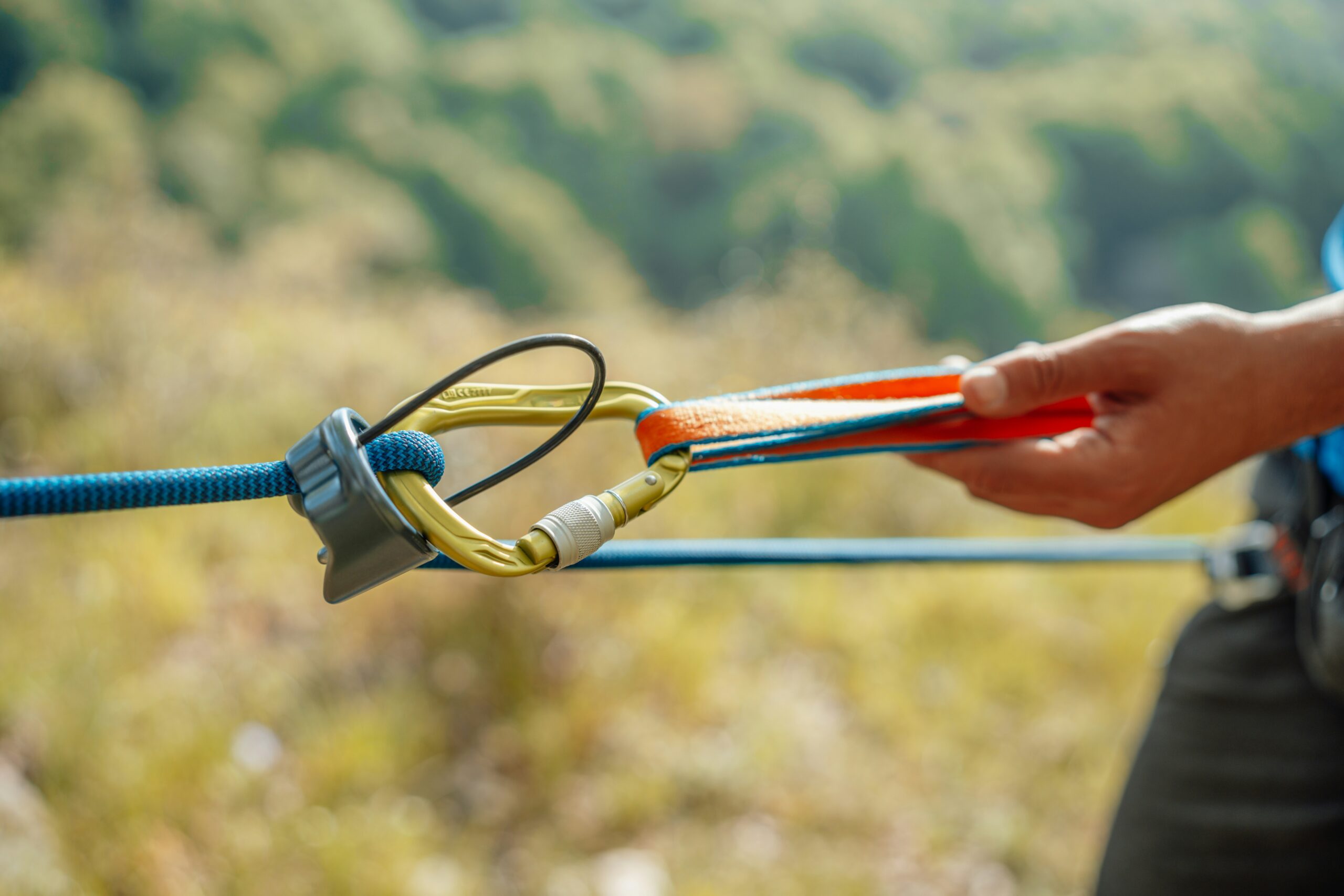Clients come to us asking for an app, a promotion, an intranet redesign, a lifecycle management tool. This is a great starting place, but it’s starting with the solution instead of the problem. Before we start building anything, we want to understand what’s driving the need, what problem we need to solve, or what business objective and goal needs to be met.
Enter Research and Planning.
It’s a line item some clients may not be used to seeing, and one that may seem unnecessary depending on the nature of the project. Yet, I come here today to assure you there is beauty and intelligence and necessity in a Research and Planning phase for any project. Any!
We’re all in this together
Did you know the Research and Planning phase actually gives the client more control? Yeah, it’s true! The Research and Planning phase is when we do the most collaboration, knowledge-sharing and when we set or confirm expectations. We create documentation that functions as our North Star, guiding the project and keeping the team on the right path as the project progresses. Without Research and Planning, we can miss opportunities to uncover new ideas, to strongly connect the project’s features and content to identified user needs, or to define a path for the project that can inform the long-term digital strategy.
Think of it like grocery shopping
I could use any number of analogies to drive this home, but I’m going to stick with grocery shopping. I always go grocery shopping – no matter which approach I take – with the same need in mind: food. That’s my solution, food. Sometimes I go to the store very hungry, with no list and just a faint idea of the meals I want to prepare for the week (no Research and Planning phase). In terms of success, this trip is not. I often come back home missing ingredients for the recipes I wanted to make, way too much snack food, and a half-eaten box of Rosemary and Olive Oil Triscuits, but that’s neither here nor there.
My alternative trip to the grocery store is one when I sit down with my favorite cookbooks and blogs on a Sunday night and make a list. I go to the store with a very strategic idea of what to get. I’ve checked the weekly circulars, I’ve added coupons and I even sometimes cluster the items I need by aisle and store map. When I go, my trip is quicker, I pay less money, and I have everything I need!
The meat and potatoes (more food analogies)
So, what does the Research and Planning phase include? In a nutshell: It’s different for every project. But who would I be to leave you with just that? Here are a couple of things the Research and Planning phase is always going to give you:
- All players are at the table. This includes the client and every team member. Key stakeholders and end users are crucial during the planning phase, providing insights and vantage points to help effectively guide direction. At Clockwork, our QAs and developers are integral parts of the planning phase, too, calling out concerns or questions early and often. This is crucial to lowering risks and building the optimal end product.
- Hunting and Gathering. From content strategy to user experience, to defining technical requirements for features, functionality, production, and performance, the planning phase is a beautiful blend of hunting and gathering information, and building a stellar foundation. Planning is an open-ended opportunity to dig in for answers and feedback early. Prototyping (creating an early model of the product) provides a collaborative opportunity for users to interact with the product and share frustrations, critiques, or concerns. Prototyping also provides clients with an early UAT (user-acceptance testing) period where they can actually see whether the idea on paper is coming together as expected. Planning activities such as prototyping, usability testing, sketchboarding, all direct good time and energy into identifying the problem(s) and working toward the solution(s).
- Stronger estimates and more choices. Possibly the most important aspect of the Research and Planning phase is the final estimate for production and development. Effectively estimating development needs before we know what we’re building is very difficult to do. Even providing a range feels incomplete. But the result of investing in requirements gathering, prototyping concepts, early design, and high-level user experience architecture is a much finer-tuned estimate of what it will actually cost to create the desired solution. Additionally, this final estimate should itemize features so clients are able to prioritize, helping battle tight budgets. Another outcome of planning is informed “good, better, best” recommendations for features: Here’s a good approach that provides the essentials, here’s a better approach that balances essentials with additional benefits to the user, and here’s the whole shebang. Again, this is a collaborative piece of the process, and one clients and project teams should discuss and review together.
In real life
Aside from all the benefits I’ve identified above, I wanted to provide a real-life example of the benefits of the R&P phase. We had a client with a lot of internal stakeholders, and so a lot of ideas on how to accomplish the website redesign. We identified three core strategies for the project and mapped these to specific features. The client was able to use our deliverables and strategies to help facilitate internal discussion and buy-in. Stakeholders could clearly see why the strategies were proposed and how they would be executed. In fact, the client even tied the strategies identified during Research and Planning to other initiatives outside of the redesign. In the end, the client received unanimous approval on direction, something that had previously proven difficult with the number of stakeholders and projects in development. Needless to say, this was a truly valuable investment for the organization.
Share thoughts and questions below. We’d love to hear how other organizations approach this!



